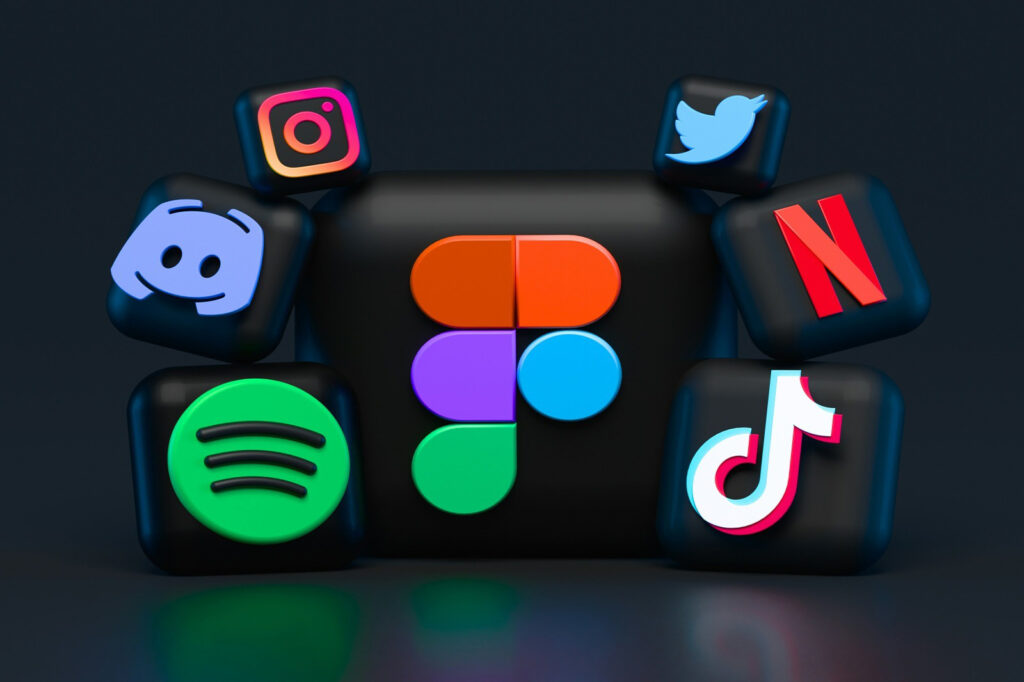The Impact of 5G on Everyday Life
The Impact of 5G on Everyday Life In the age of constant connectivity, the advent of 5G technology is poised to revolutionize the way we live, work, and interact. As the fifth generation of wireless technology unfolds, its impact on everyday life transcends mere speed improvements, touching various aspects of our daily routines. Lightning-Fast Speeds At the forefront of 5G’s impact is its remarkable speed. Offering data rates up to 100 times faster than 4G, 5G ensures instantaneous downloads, ultra-responsive online gaming, and seamless streaming experiences. This speed boost not only enhances our entertainment but also transforms the efficiency and immediacy of various tasks in our daily lives. Enhanced Connectivity for Smart Homes 5G serves as the backbone for the evolution of smart homes. With its low latency and high bandwidth, smart devices within homes can communicate more swiftly and effectively. From smart thermostats and security systems to connected kitchen appliances, 5G ensures a seamless and interconnected experience, making our homes more efficient and responsive. Revolutionizing Healthcare The impact of 5G on healthcare is profound. The technology’s low latency allows for real-time monitoring and remote surgery, transcending geographical barriers. From telemedicine consultations to the rapid transmission of patient data, 5G is ushering in an era where healthcare becomes more accessible, efficient, and personalized. Accelerating Autonomous Transportation 5G is a critical enabler for the future of transportation. Its low latency is essential for the development and deployment of autonomous vehicles. With faster and more reliable communication between vehicles and infrastructure, 5G enhances road safety and paves the way for the widespread adoption of self-driving cars, fundamentally transforming the way we commute. Empowering Industry 4.0 In the industrial landscape, 5G plays a central role in the realization of Industry 4.0. The technology facilitates the deployment of connected machinery, enabling real-time data exchange, predictive maintenance, and increased automation. This results in more efficient and agile manufacturing processes, contributing to economic growth and innovation. Redefining Education The impact of 5G extends to the realm of education, facilitating immersive and interactive learning experiences. From virtual classrooms to augmented reality-enhanced lessons, 5G enables a new era of education that is not constrained by physical boundaries, providing access to quality learning resources for students worldwide. In conclusion, the impact of 5G on everyday life is transformative and multifaceted. As we witness the integration of this cutting-edge technology into various facets of our existence, it becomes clear that 5G is not merely an incremental improvement but a catalyst for a technological revolution that holds the promise of reshaping our world. From communication and entertainment to healthcare and industry, 5G is a powerful force that is propelling us into a future where connectivity is faster, more reliable, and more integral to our daily experiences.
The Impact of 5G on Everyday Life Read More »








